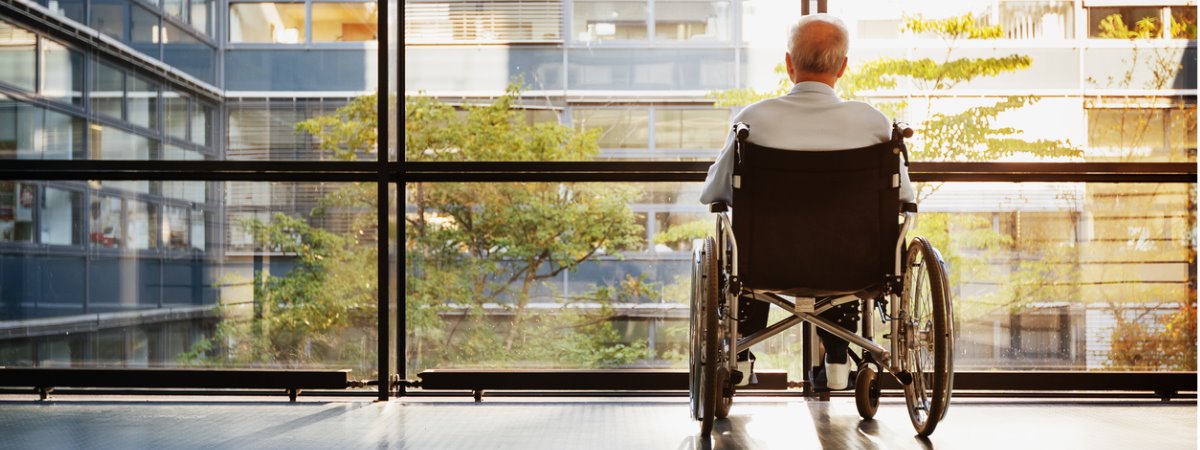Editor’s Note: The following article is part of an ongoing series offering our strategic advice and expertise on what healthcare industry stakeholders should do immediately in response to the rapidly evolving novel coronavirus (COVID-19) pandemic. What follows are strategies and tactics that we hope will help hospitals and health systems prepare for and contend with the coronavirus pandemic.
The Centers for Disease Control and Prevention (CDC) classifies many long-term care facility populations as “Special Populations.” These individuals are more vulnerable to coronavirus infection and are more likely to pass away if infected. Indeed, the risks and challenges that COVID-19 poses to residential populations in long-term care facilities such as Assisted Living Facilities (ALFs), Inpatient Rehab Facilities (IRFs) and Skilled Nursing Facilities SNFs) are well known.
To protect these populations, the Centers for Medicare & Medicaid Services (CMS) just announced a ban on any visitors to long-term care facilities, with minimal exceptions (such as in end-of-life situations). Although this is a prudent measure to protect this population, it is important to consider their needs for day-to-day medical care. Failure to tend to chronic conditions, for example, can have substantial unintended consequences for both these patients and the increasingly strained healthcare system.
Imagine, for example, a scenario where a resident is suffering from congestive heart failure (CHF) and requires daily monitoring and calibration to control her condition. If this patient is unable to weigh herself, take her medications, and monitor her breathing, her risk of needing emergency care spikes. Being in the emergency room only puts her at even greater health risk. Indeed, transitioning patients like her back-and-forth between residential and acute sites will be increasingly dangerous, and could even increase coronavirus infections in the area.
Transitioning patients back-and-forth between residential and acute sites could even increase coronavirus infections in the area.
How to Protect Special Populations Amidst COVID-19
- Maintain care access to prevent avoidable complications that result in hospitalizations. Consider coordinating with current providers to ensure medical and mental health care are sustained. Also, consider an immediate shift to tele- and video solutions to avoid face-to-face interaction and adhere to social distancing measures when appropriate.
- If a patient needs to be transferred to the hospital or an alternative care site, ensure measures are taken to isolate the patient and his or her caregivers from the site care team and other residents.
- In the event of a hospitalization, ensure the resident is tested and cleared before returning to the residence.
- Prepare to support your patients’ behavioral health needs, preferably engaging tele- and video solutions when doing so where possible. Depression and anxiety will require careful management and communication during this time (both for patients and staff). It’s essential to take additional steps to ensure mental health services are provided and letting people know what resources are available to them.
- Establish immediate solutions for family members to connect with their loved ones via tele- and video visit technologies. Thankfully, these are prevalent and can help contend with the stresses associated with this pandemic.
It’s imperative to maintain the care that residential populations need, while also protecting them from contracting the coronavirus. Some of the best solutions may require employing unconventional methods to support this population until the epidemic subsides. Perhaps these kinds of strategies – what some are now calling “forced innovation” – will reveal more innovative, more efficient, and more effective ways of supporting these populations in the future.


